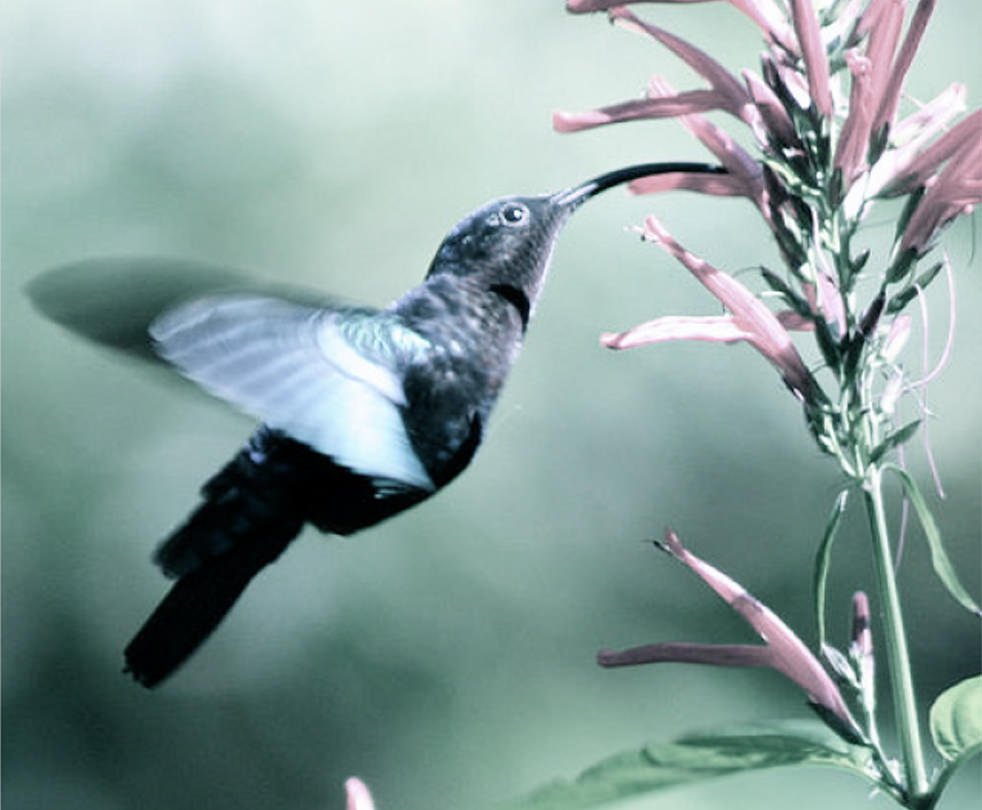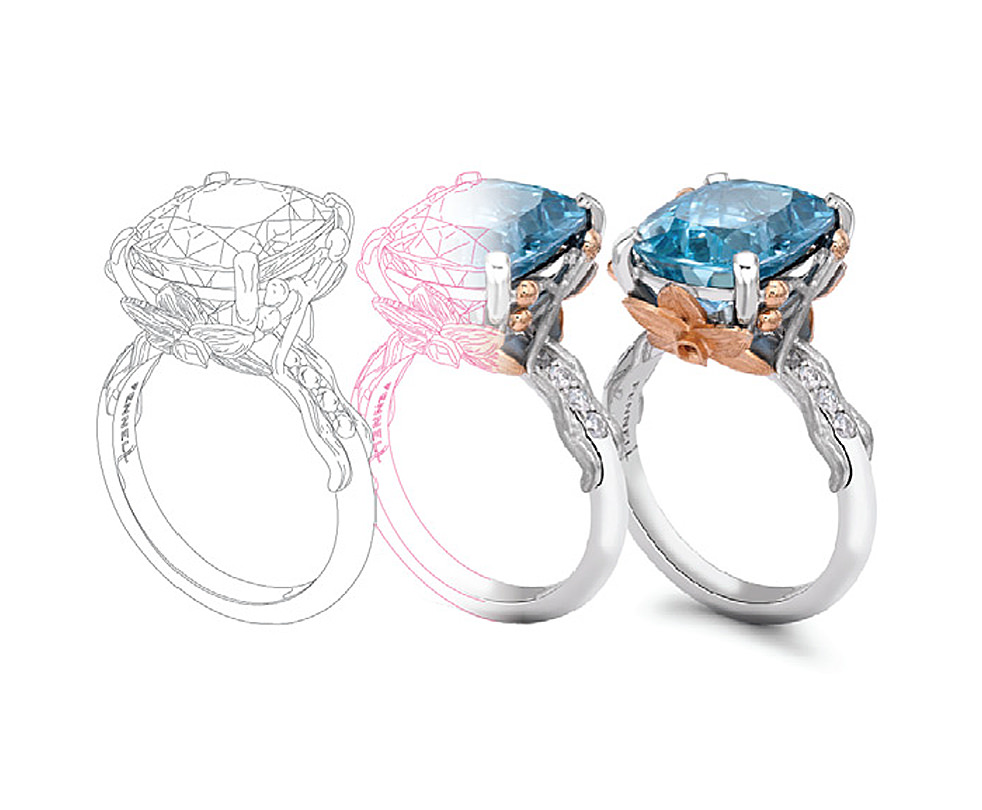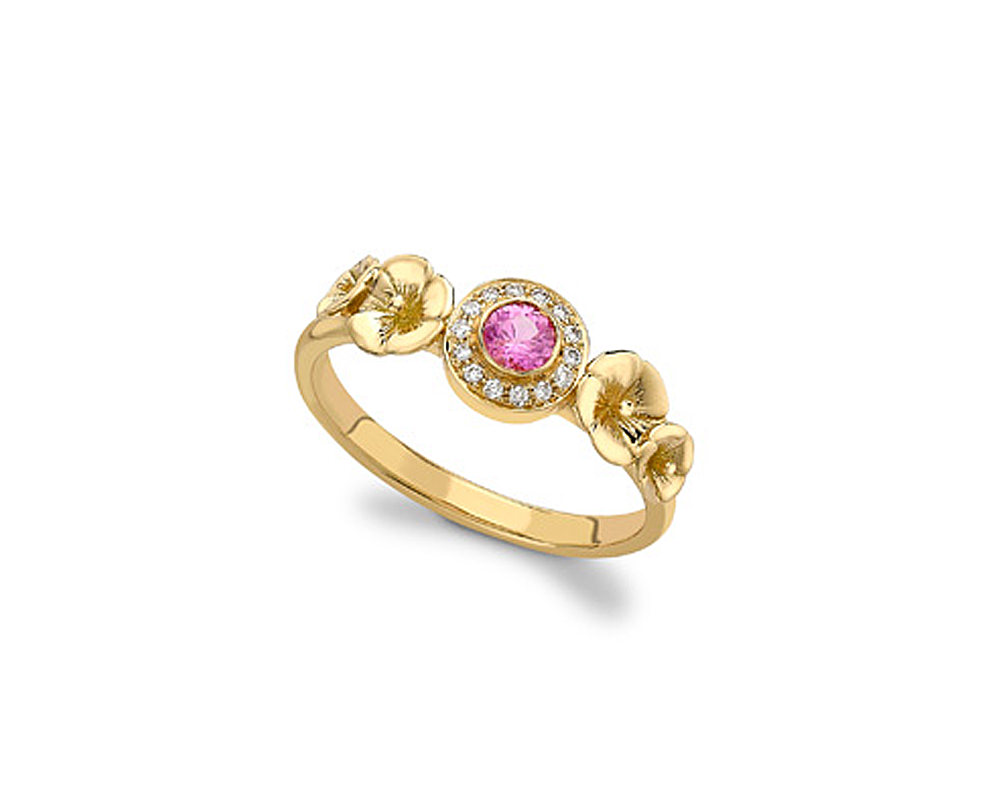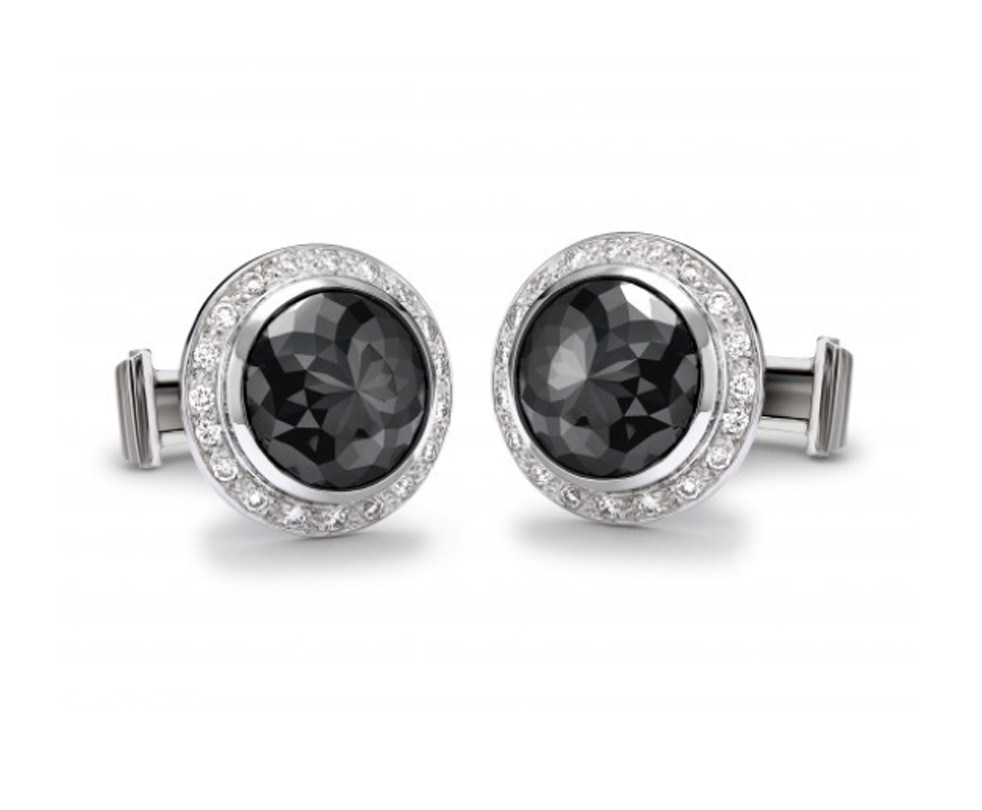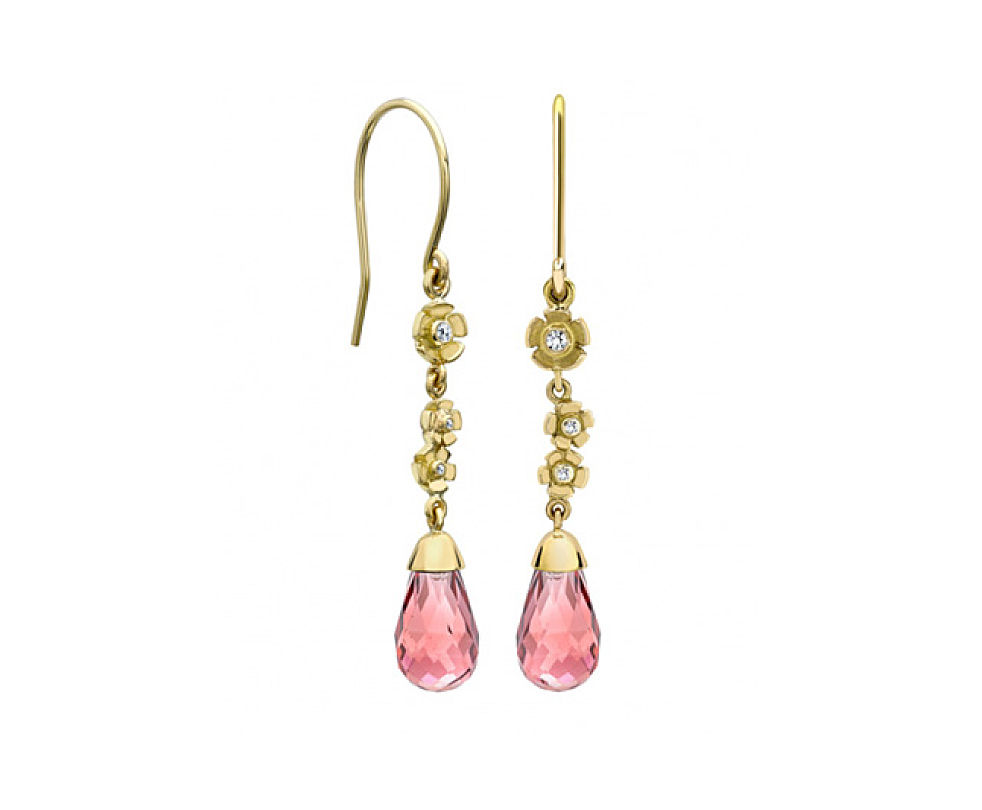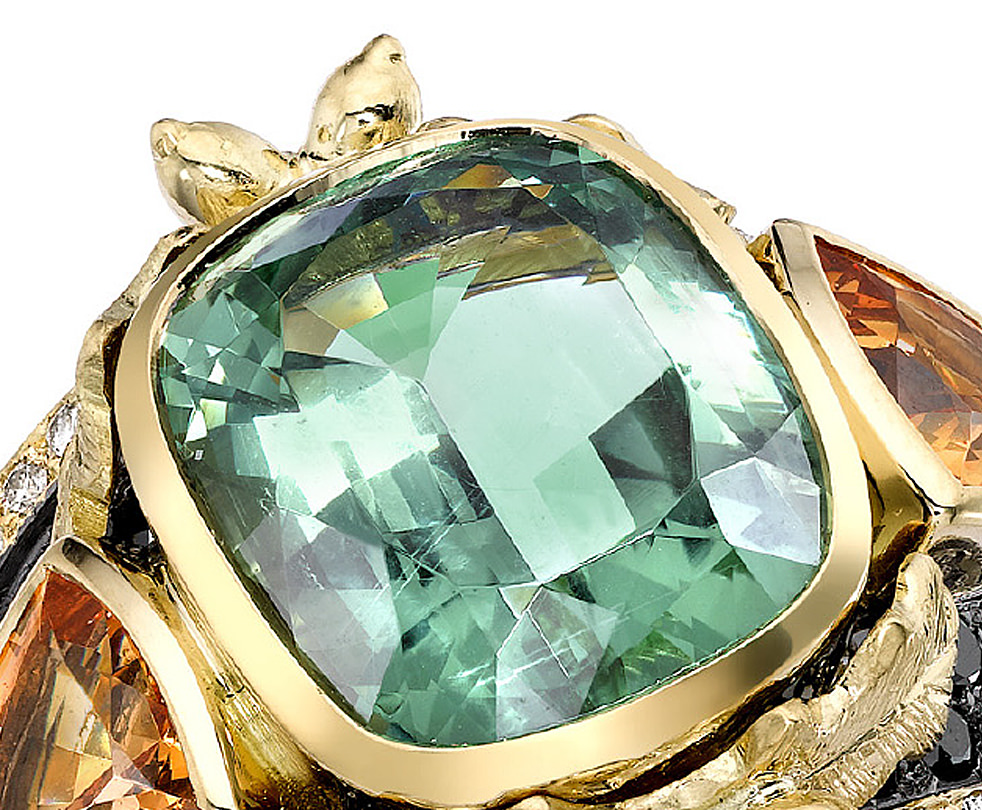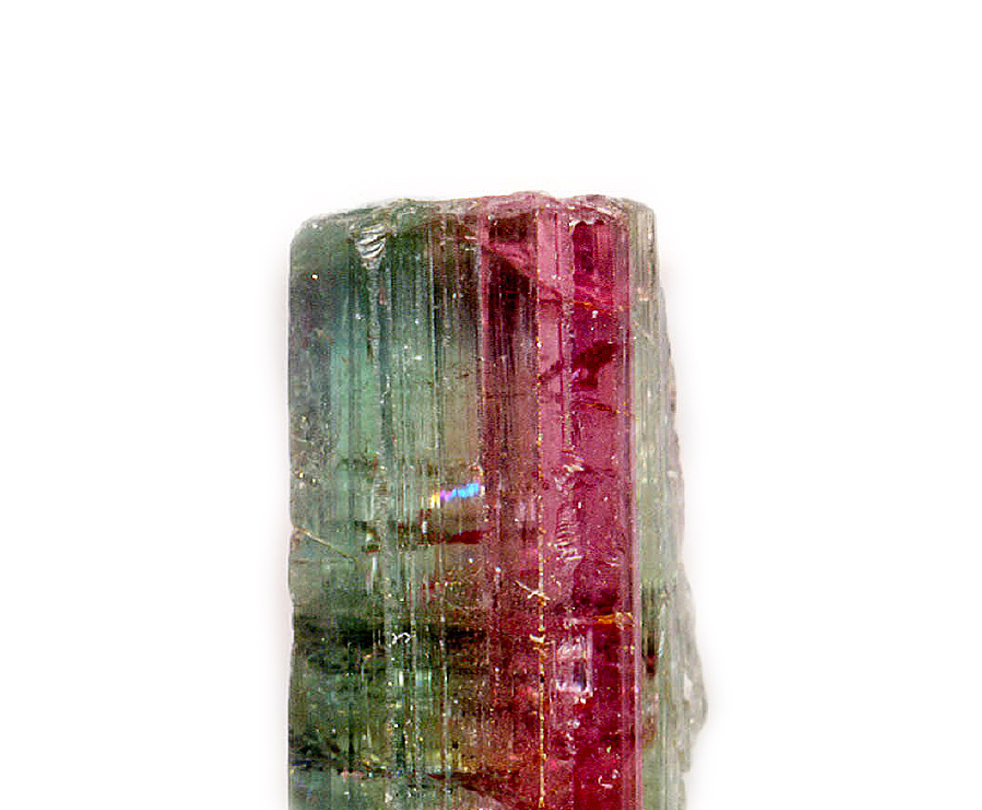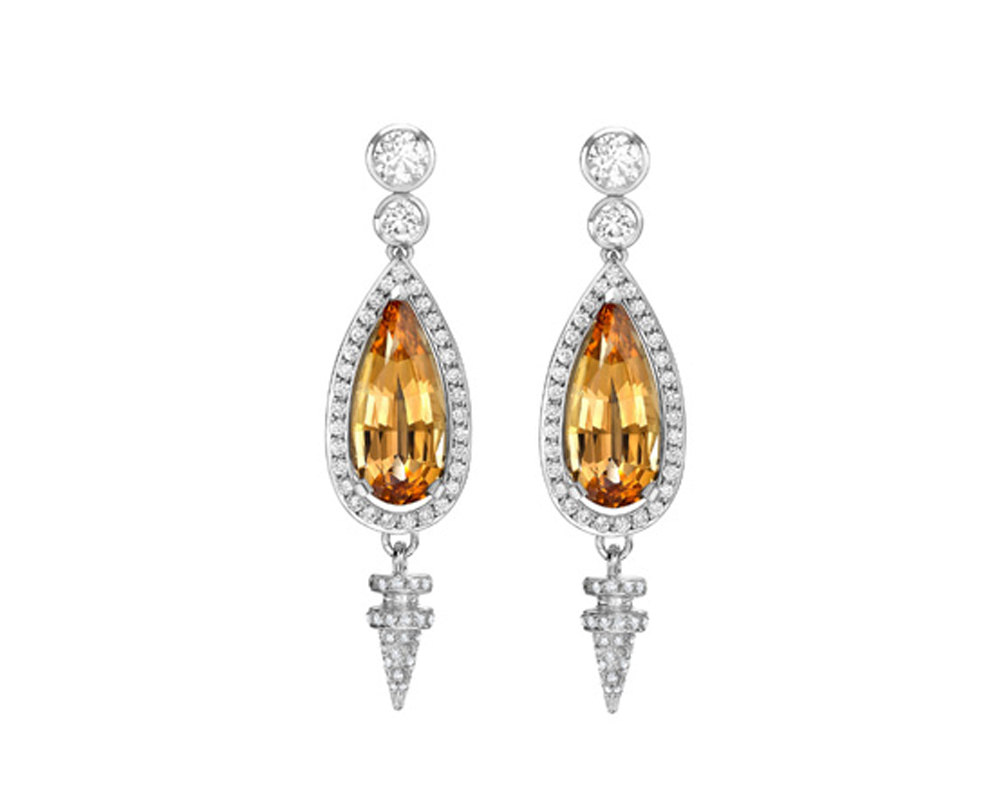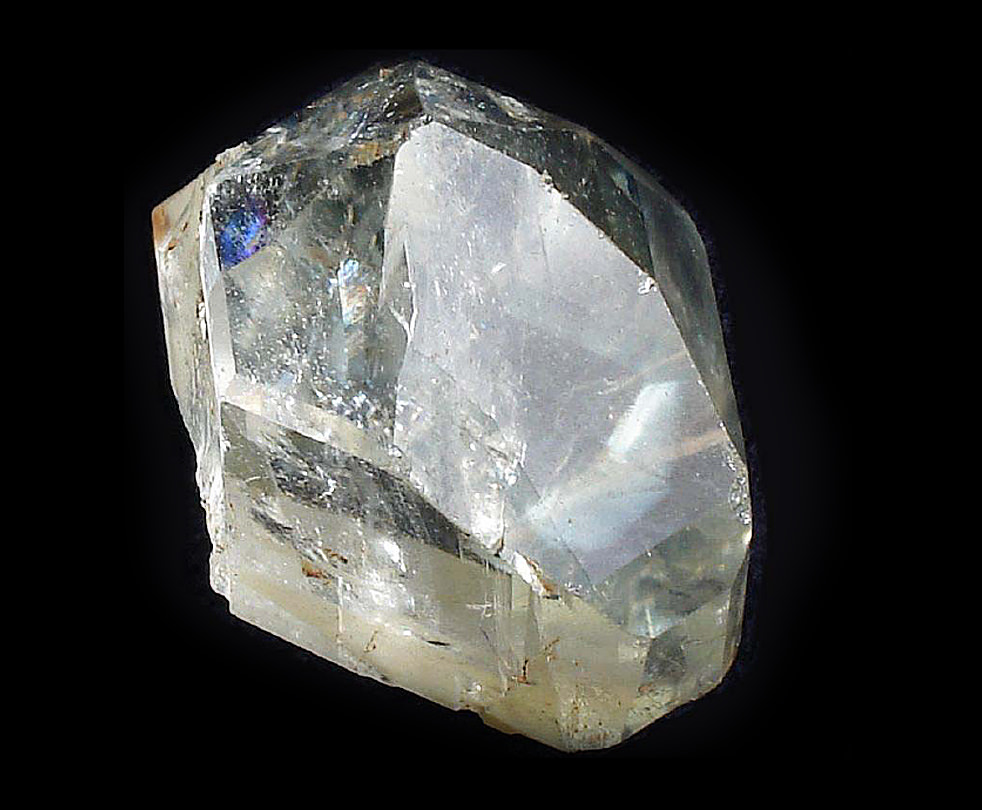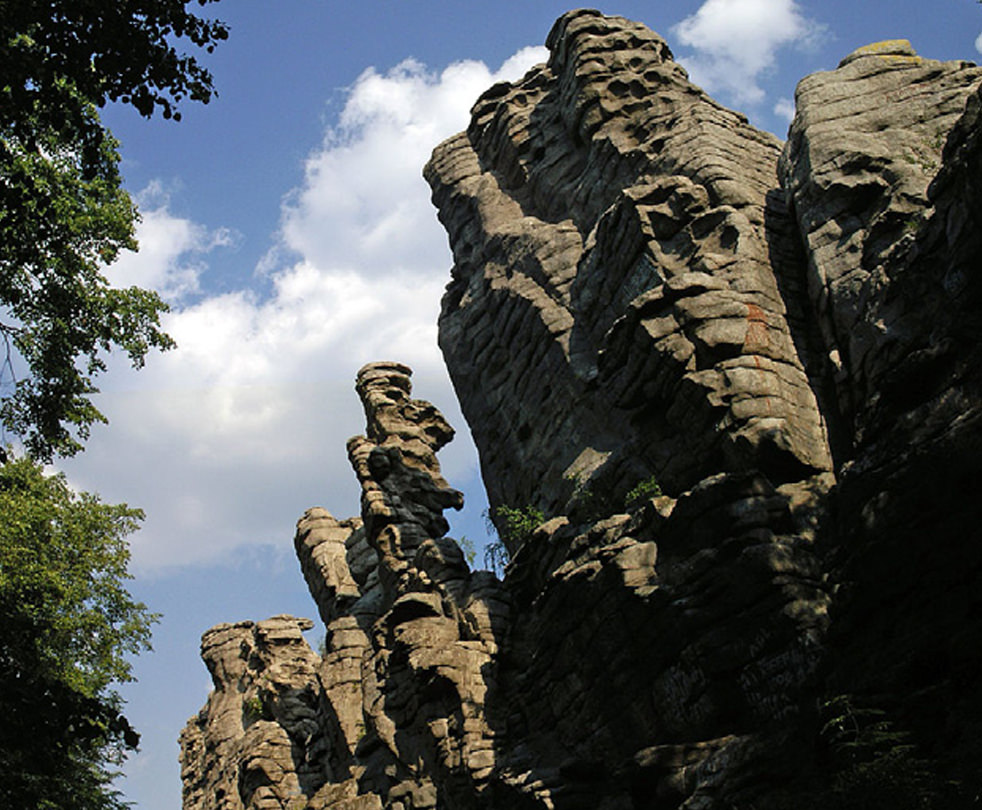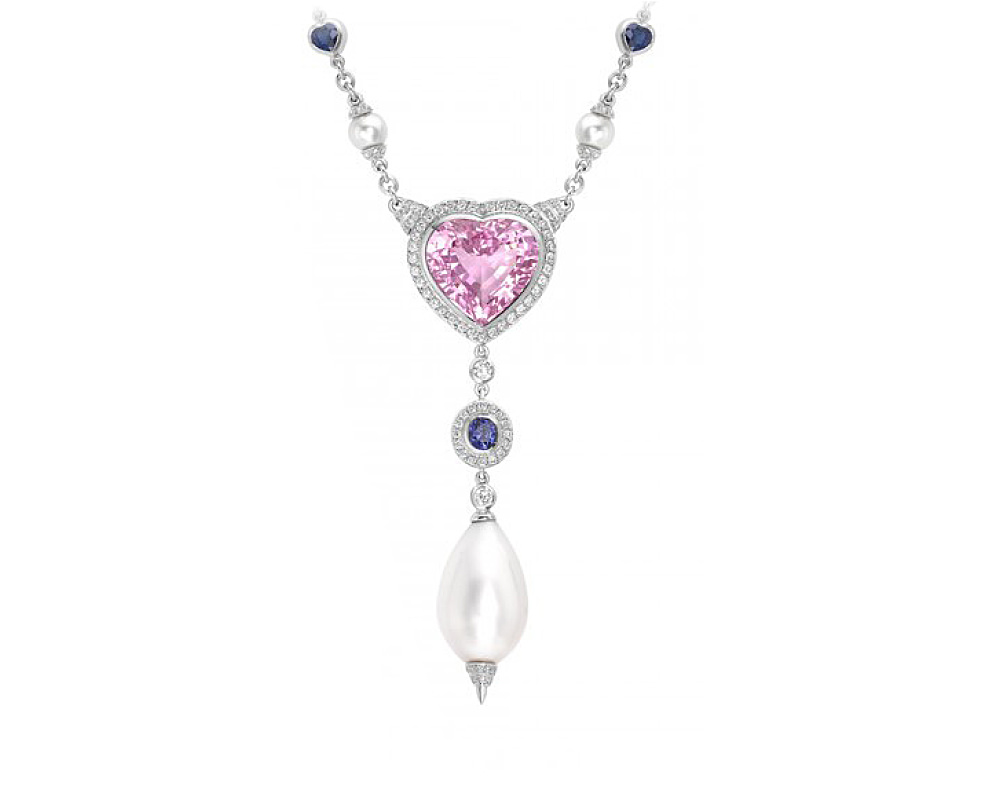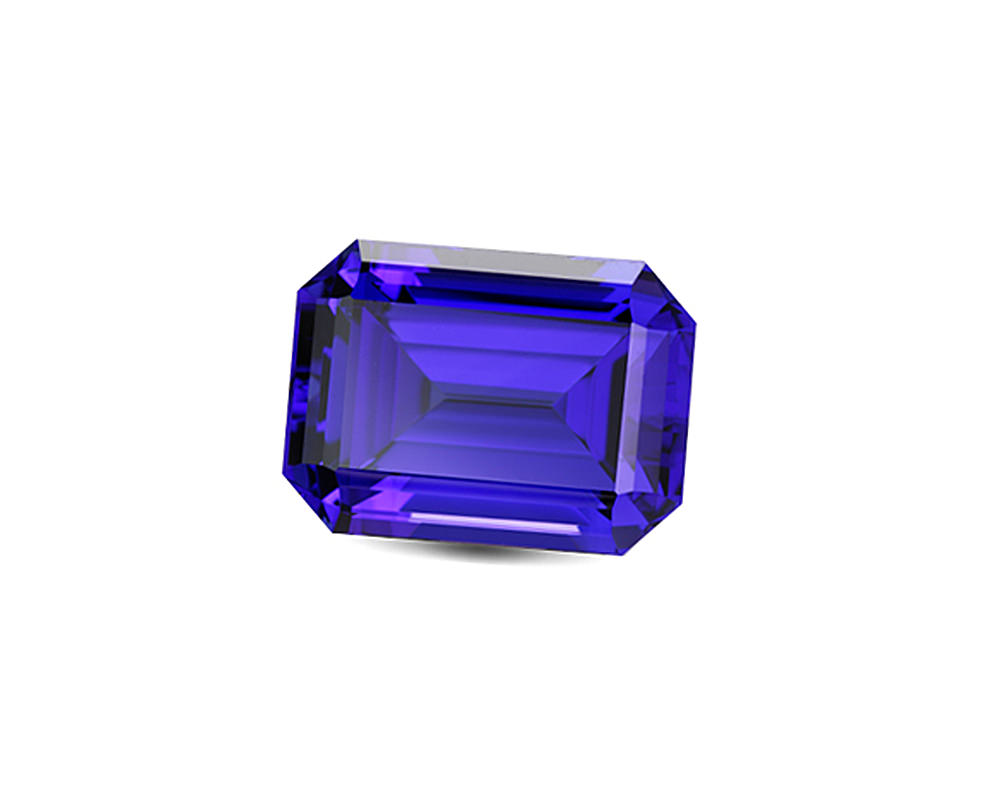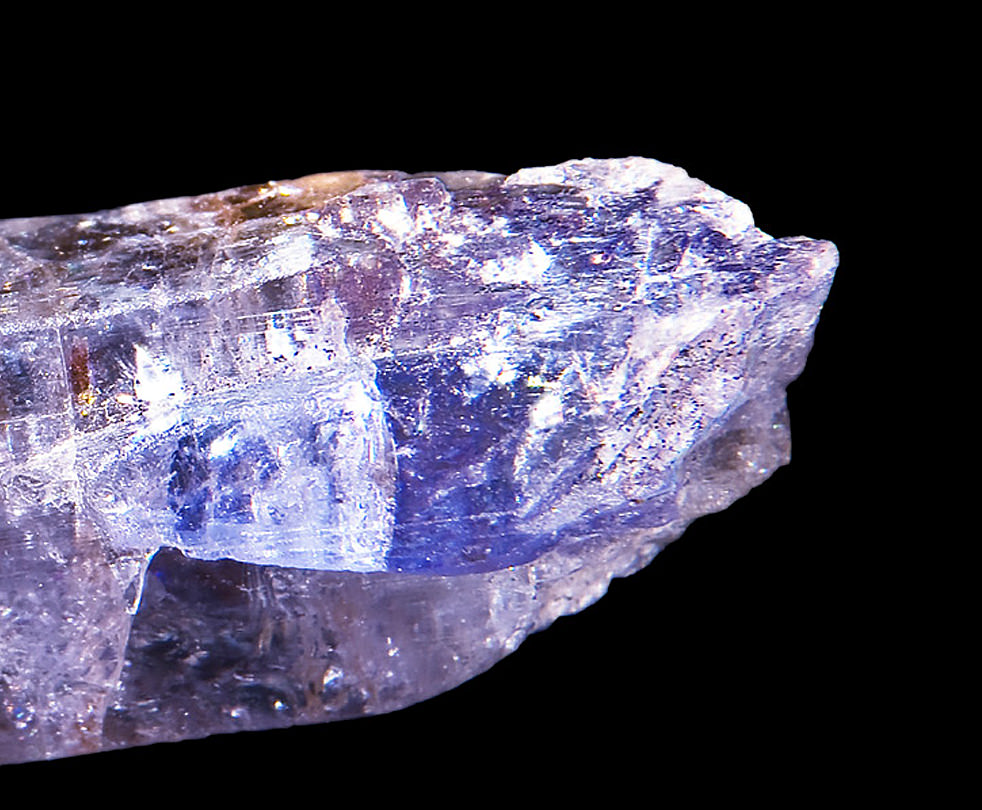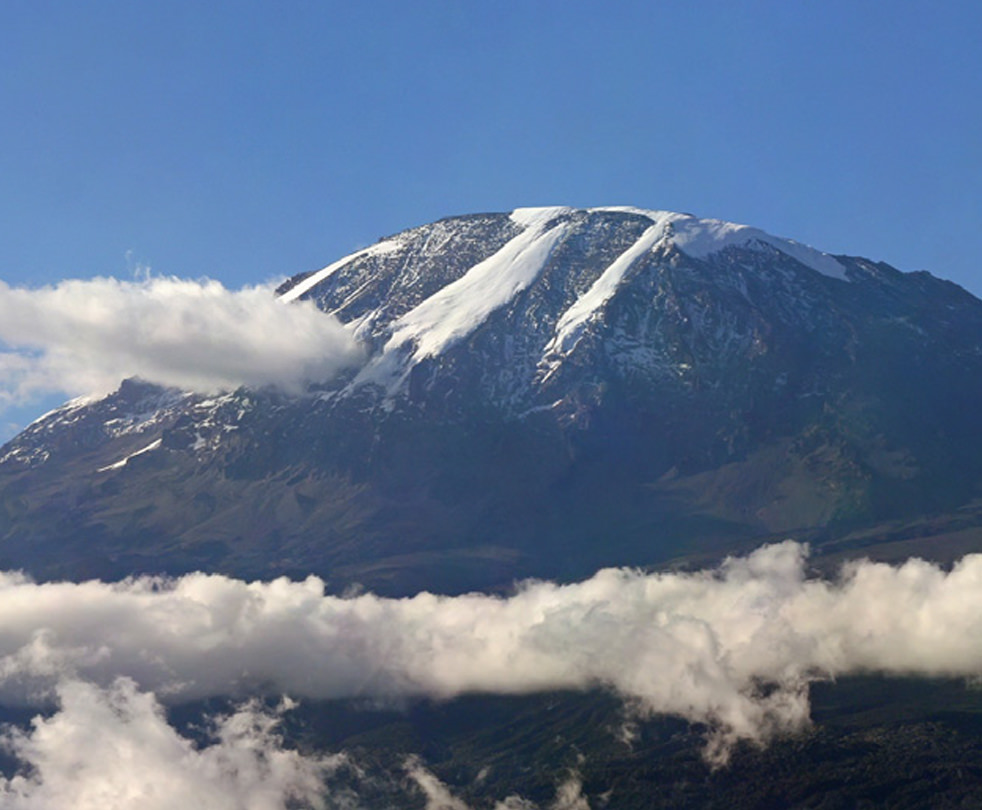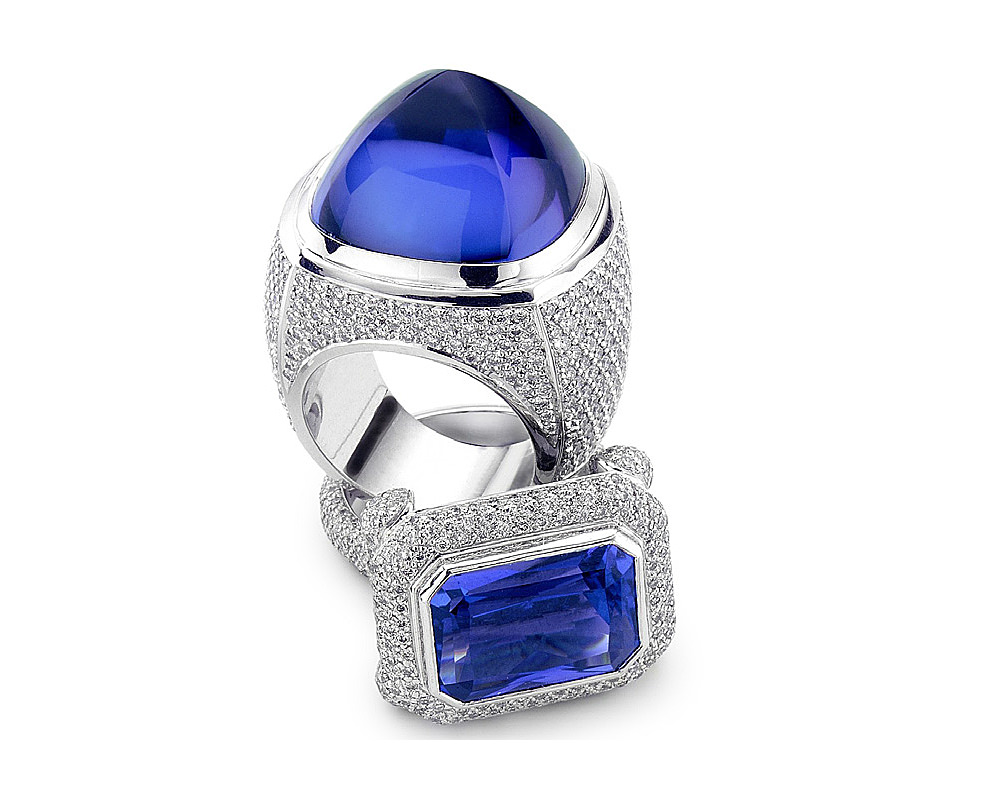Tryst is an old fashioned way for modern lovers to express their feelings; it has been beautifully crafted from a wide choice of the most perfect materials and symbols that make each piece utterly individual whether ‘off the peg’ or bespoke.
These timeless pieces feature some of Theo’s best loved motifs – from the bee to the starfish – and his beautiful attention to detail, of course! A happy bee of industry, blossom for hope, the skull for a memento mori: these pieces have been designed to give jewellery back its heart.
Tryst can be tailored entirely to the wearer from the stone and the setting, to all the detailing. Each piece is totally unique so whether ‘off the peg’ or bespoke, a Tryst piece makes a unique and intimate gift. The more apt the details the more intimate the present. Let your heart rule…
Turquoise has long been used for jewellery, being highly valued by ancient cultures including the Egyptians and South Americans. Typically it was carved into beads and cabochons but was also used for inlay work. It was believed to be a protective stone, guarding wearers from injury (highly recommended for the accident prone then!) and encouraging health and good fortune, whilst hunters would wear it to guarantee a successful hunt.
Throughout history the finest turquoise has been found in the mountainous region of North Eastern Iran near the city of Nishapur. Today however, much commercial mining is carried out in the South Western states of America including Nevada and Arizona where there are dozens of mines, the most famous being Sleeping Beauty.
Description: Turquoise is a vibrant green-blue opaque gemstone that is prized for its wonderful colour which is caused by copper. It is found in Iran, the South-West of America and China amongst other places.
Hardness: 5 – 6 on Mohs Scale
Birthstone: December
The chemical make up of tourmaline crystals is highly complex which allows for a huge range of colours, shades and hues to develop. Some are known by particular names, e.g. the deep pinkish-red stone Rubellite whilst others are referred to simply by colour, e.g. Green Tourmaline.
Some stones combine areas of different colours within the same gem, known as parti-coloured or bi-coloured stones, the most well known being the pale pink and green Watermelon Tourmaline.
Currently the hugely sort after and most highly prized variety is the electric neon blue Paraiba Tourmaline. Only discovered in the late 1980’s and named after the state in Brazil where they were originally found, clean stones of a good size and colour are rare and therefore extremely expensive. The intense colour of these stones is caused by copper and so gems of this variety, new deposits of which have very recently been found in Africa, are often referred to as Cuprian (meaning ‘copper bearing’) Tourmalines.
Description: The Tourmaline family of gemstones is notable for having a wider variety of colours than any other gem. It can be found in many places from Madagascar to California and Brazil to Afghanistan.
Hardness: 7 – 7.5 on Mohs Scale
Birthstone: October
Colourless topaz is very common and it is this material that is typically treated to make the well known blue colour that is widely seen in jewellery.
Most Topaz is known simply by its colour i.e. Pink Topaz, however Imperial Topaz which is a reddish-orange and is the most sought after and valuable colour was named in 19th Century Russia. At this time, the Ural Mountains were the primary source of these stones and they were named after the Russian Tzar and his family as a mark of honour and respect.
Topaz can cleave quite easily so care is needed when cutting, setting and wearing. Current primary sources for this lovely gem are Brazil and Madagascar.
Description: Topaz occurs in a wide range of colours including various shades of yellow, orange, blue colourless and pink. Found in Brazil.
Hardness: 8 on Mohs Scale
Birthstone: November
Tanzanite was first discovered relatively recently in 1967 when Masai tribesmen found a cluster of crystals in the Merelani Hills in north east Tanzania near Mount Kilimanjaro, an area that remains the only known location for this beautiful gem.
It is not one of the harder stones and has a tendency to brittleness so care needs to be taken, particularly when set as a ring but its beauty and rarity make it highly prized.
The best stones exhibit a strong blue colour with a violet tint and a bright lively appearance. They are strongly pleochroic which means they exhibit different colours in different directions through the crystals. An untreated stone will typically show blue, pinky-violet and yellow.
Most stones on the market today have been heated to turn them from brown to blue with the best colours being seen in larger stones where the colour is most intense and displayed to best effect.
Description: Tanzanite is the transparent purplish blue variety of the mineral Zoisite, it is found only in Tanzania (hence the name).
Hardness: 6.5 – 7 on Mohs Scale
Birthstone: December




